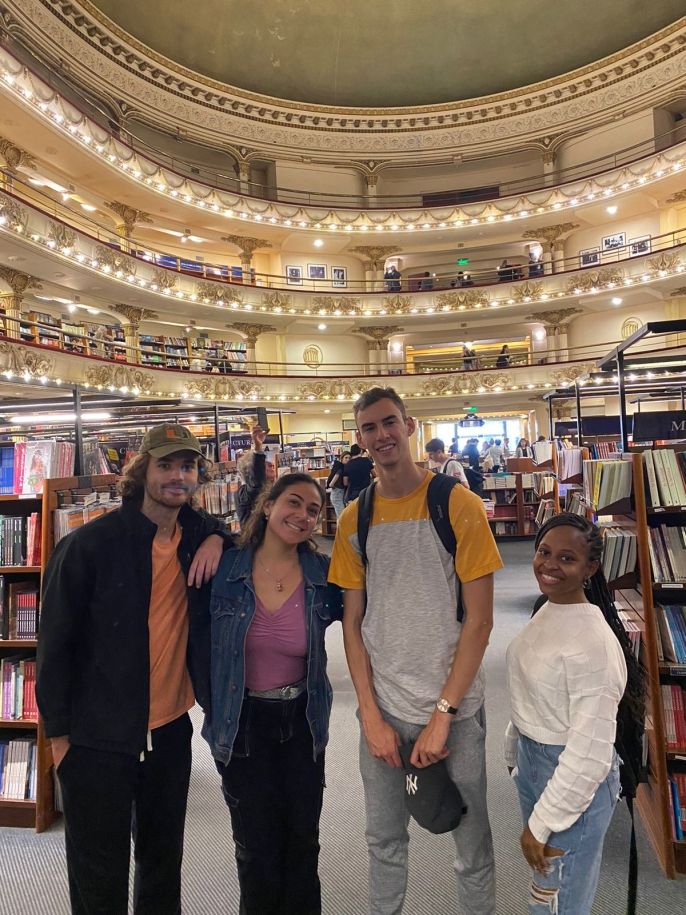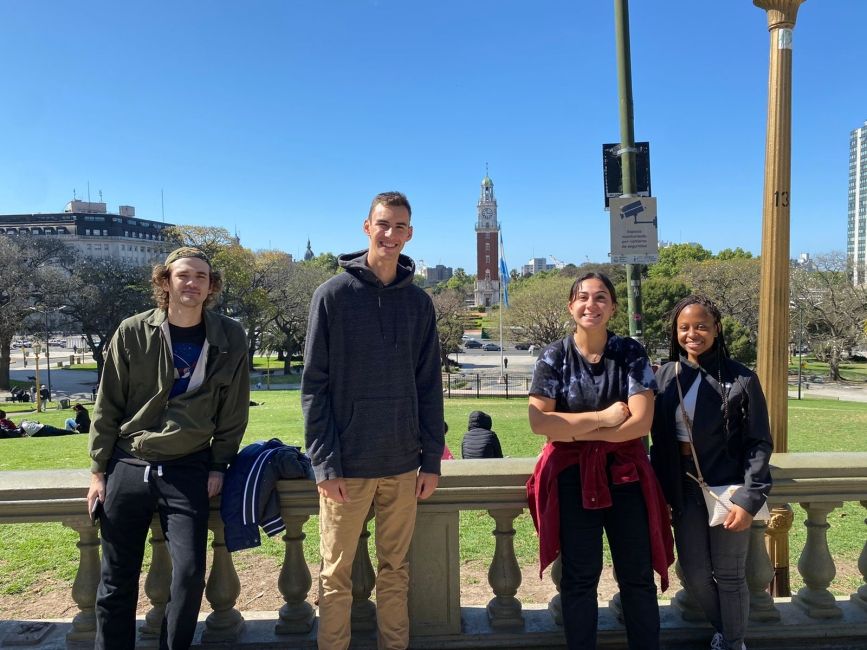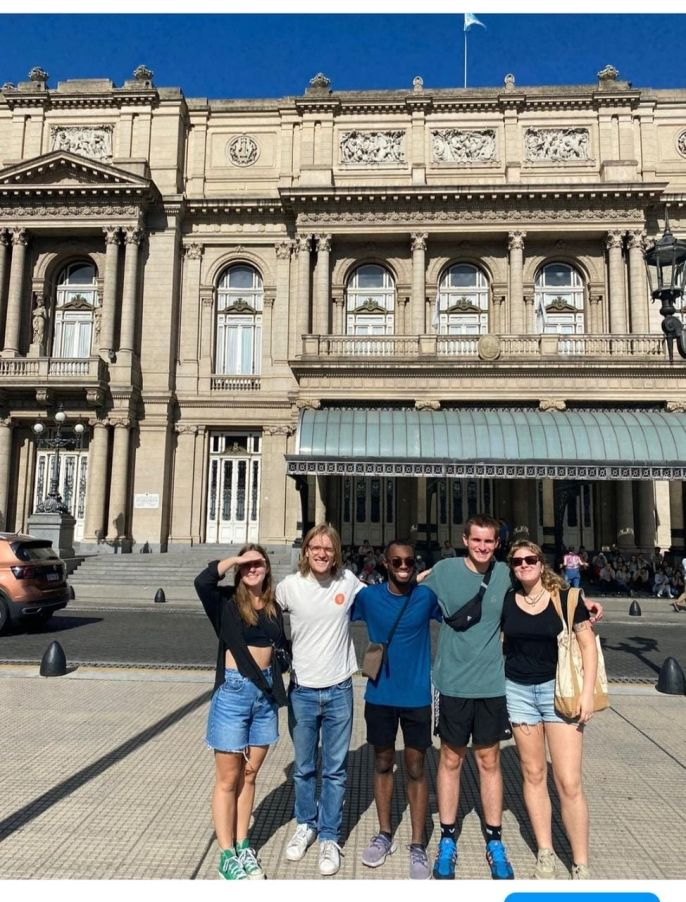Walking in Buenos Aires, a source of wonder and learning
By: Hernán Guastalegnanne, Program Assistant and Spanish Teacher
When people asked me, what profession would I like to have if I wasn´t a Spanish teacher, I used to say Tour guide, I really enjoy showing off Buenos Aires architecture, gastronomy, museums, art galleries, street art and gardens to visitors. Whenever a student, a relative or the friend of a friend used to visit the city, I would find myself telling the secret story of a building or the deeds of a hero in front of his sculpture with great emotion and joy. I love it when I see sparkles in someone’s eyes when they see the Puente de la mujer as it swivels or El Rosedal when its 8.000 roses are out, or, if they are lucky to be over here in November, the owe caused by the jacaranda trees in full blossom all over the city.
When I started working at CIEE I found a place where I could fulfill my dream (other) profession, and facilitate language and culture teaching while doing outings and excursions with my students.
When we go for a walk in the city, students have the opportunity to make learning a multi-senses experience:
- they can see the streets, the people, pictures in museums;
- they can touch and feel the sculptures, the grass, the river water and the cute dogs;
- they can hear the traffic, the street music or people´s conversations in bars;
- they can smell the flowers, the closest pizza place and the steak houses;
- and they can taste the best ice-cream in the world! Admittedly, a subjective view on my part.
To experience the city in this way, allows us, language teachers, to make learning vocabulary, grammatical structures or phonetic elements fun, relevant and memorable.
Nothing better than a scavenger hunt in a given neighborhood to learn about descriptions, public places and directions; an evening walk to talk about ghosts and un-resting spirits is the perfect setting to master the use of all 8 past tenses in Spanish; having the process of chocolate making explained to you as you sample them makes for the perfect opportunity to understand the passive voice; and going ice-cream parlor hopping is the ultimate way to use vocabulary to describe scent, taste and flavors. All these examples, and many more, are perfect resources to enhance learning and foster retention in the medium and long term.
The city provides us with tools and resources to put students in touch with the real language the way locals use it in authentic communicative contexts. This is the perfect way to put their learning to the test and see by themselves how mastering a specific phoneme or the use of a specific verb tense helps them communicate.
An added value to this king of experiential learning is that the culture is present in every tiny detail: The time a given service is provided, the words needed to obtain the best response, the gesture that accompanies a given request, or the order in which the food comes, are all examples of cultural details that often escape the limits of the language classroom, and make life much easier for someone that is trying to unlock the subtleties and mysteries of the local culture.
Last, but not least at all, is the fact that we are taking the learning outside the limits of the classroom and this allows us to explore language and culture in a way that is more holistic, more dynamic and, ultimately, more human.
Related Posts
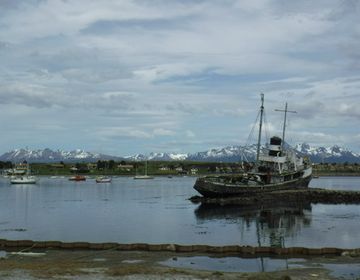
Traveling to Patagonia While Abroad in Buenos Aires
By: Liliana Micera Studying abroad in Buenos Aires has been incredible, but once my classes ended I fled the city for the nature of Argentina’s south. I cannot recommend traveling... keep reading
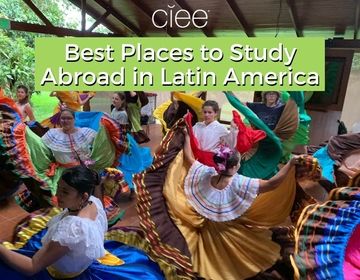
What are the Best Places to Study Abroad in Latin America?
If you’re reading this, you’re probably ready to take your college experience to the next level with an extraordinary study abroad adventure. What better way to do than by discovering... keep reading

Study Abroad in Latin America: The Ultimate Guide
Deciding where to study abroad can be as thrilling as it is daunting, especially with so many amazing Latin America study abroad programs and countries to choose from. We get... keep reading
